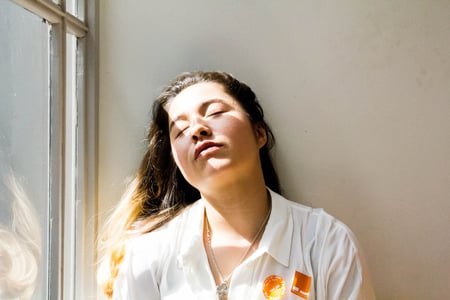
We have all been there. Admittedly, CLASS Observation training is intense. I never feel too apologetic about that, though I DO have a lot of empathy for how it feels to experience this information-packed two-day training.
When I first joined the Teachstone team as a staff trainer, I conducted long, rather quiet day two experiences. As you know, day two of the CLASS Observation Training is full of videos to observe and code. We watch a video together, take notes, and then spend a good half-hour to 45 minutes coding. It has the potential to feel brutally quiet, and fatiguing.
So, how can we, trainers, facilitate a day two that feels a little more collaborative, and a lot less grueling? There are four videos in day two. Four videos mean we code two in the morning and two in the afternoon.
Here are few innovative tips to pump up your second day, straight to you from our CLASS Specialists:
1. Invite partner coding in the morning
This strategy has changed my day two for the better!
After the group has observed and taken notes, ask “shoulder partners” to team up and code the video together. Set a timer for about 40 minutes (I like to put a visual timer on the projector screen), and encourage the group to start scoring.
Now, walk about and listen to the groups talking. Listening to participants talk CLASS out loud will give you an opportunity to hear their discussions and check for understanding. It will provide some opportunity to clarify misunderstandings about any given dimension, indicator, or behavioral marker. You will also have a chance to put your scaffolding skills into action!
An extra tip to help the discussions stay on track is to give verbal warnings about time elapsing. Try a "half-way through" warning, or state: "Everyone should be at about Regard for Student Perspectives at this time."
2. Independent coding in the afternoon
Now we provide an opportunity for the participants to code independently. Time spent scoring independently will give each coder a chance to discover which dimensions are the most challenging to them personally. It is a bit quieter in the afternoon, but you can still help your participants feel as though the time working solo is productive.
Walk around and be available to answer questions. I like to carry my manual and master codes with me so that I am readily able to provide support without giving them the answer.
Watch to see who is finishing up, and ask them if you can take a look at their answers. You could note the dimensions they may be more than one number off on, and invite them to begin reviewing the master code justifications while others are still coding. Think Productivity here; how can I keep people busy while others are still coding?
Day two of CLASS Observation Training is the time to put everything the participants learned in day one into practice. It's a lot of work—for sure! Trainers can still make the day more interactive, and a little less quiet!
If these ideas sound helpful, check out our other "Training Tips" blog posts.

